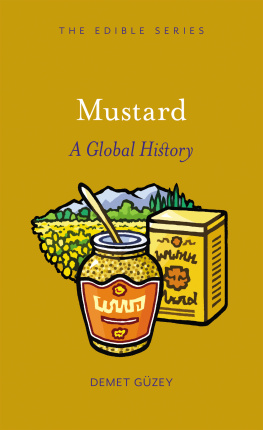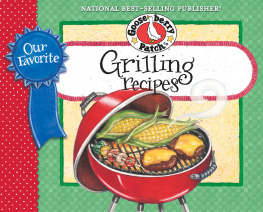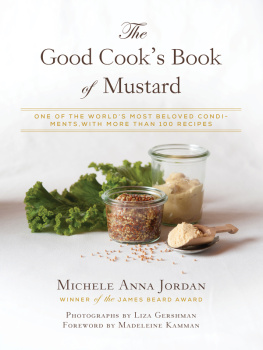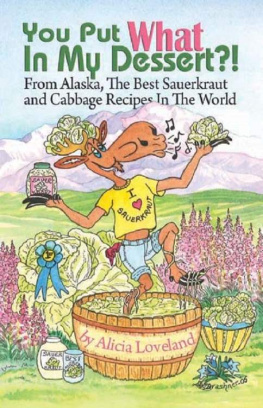HOT DOG

Edible
Series Editor: Andrew F. Smith
EDIBLE is a revolutionary new series of books dedicated to food and drink that explores the rich history of cuisine. Each book reveals the global history and culture of one type of food or beverage.
Already published
Pancake Ken Albala | Spices Fred Czarra |
Pizza Carol Helstosky | Pie Janet Clarkson |
Hamburger Andrew F. Smith |
Forthcoming
Bread William Rubel | Ice Cream Laura Weiss |
Cake Nicola Humble | Lobster Elisabeth Townsend |
Caviar Nichola Fletcher | Milk Hannah Velten |
Dates Nawal Nasrallah | Pasta Kantha Shelke |
Cheese Andrew Dalby | Soup Janet Clarkson |
Chocolate Sarah Moss | Tea Helen Saberi |
Cocktails Joseph M. Carlin | Tomato Deborah A. Duchon |
Coffee Jonathan Morris | Vodka Patricia Herlihy |
Curry Colleen Taylor Sen | Whiskey Kevin R. Rosar |
Fish and Chips Panikos Panayi | Wine Marc Millon |
Hot Dog
A Global History
Bruce Kraig
REAKTION BOOKS
Published by Reaktion Books Ltd
33 Great Sutton Street
London EC1V 0DX, UK
www.reaktionbooks.co.uk
First published 2009
Copyright Bruce Kraig 2009
All rights reserved
No part of this publication may be reproduced, stored in a retrieval
system, or transmitted, in any form or by any means, electronic,
mechanical, photocopying, recording or otherwise, without the prior
permission of the publishers.
Page references in the Photo Acknowledgements and
Index match the printed edition of this book.
Printed and bound in China by C&C Offset Printing Co., Ltd
British Library Cataloguing in Publication Data
Kraig, Bruce
Hot dog : a global history. (Edible)
1. Frankfurters History 2. Sausages History
3. Food habits United States History
4. Convenience foods United States History
I. Title
641.3609
eISBN: 9781861896841
Contents
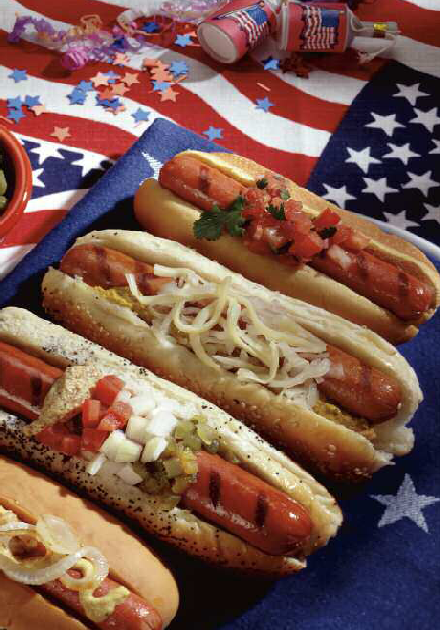
Preface

I was once walking along West 42nd Street, near the New York Public Library, when I passed a pair of voluminous people, a man and a woman, standing in front of a small fast-food emporium. Both were holding hot dogs in their hands all four of them. I heard one of them say, in a heartfelt voice, I love hot dogs! Turning, I saw this happy pair had what can only be described as beatific looks in their eyes and rapturous smiles on their mustard-smeared lips. In one verbal and physical gesture, these fans had expressed the whole hot dog experience.
Similar expressions can be found at hot dog stands throughout the world. What makes this so is not just the special taste qualities of the sausage and accoutrements, but the culture that surrounds them. Hot dogs have been embedded in American culture through folklore and commerce since the end of the nineteenth century. The term hot dog was applied to common, industrially made sausages that became popular in an era of considerable change in American society. Heavy immigration from Europe, the rise of truly large urban centres, new mass entertainments, enhanced information technologies all combined to create a much-desired new national identity, the legendary American melting pot. The hot dog became the symbol of that identity, and was often tied to American national sport at the time. It is no accident that, in 1975, a car manufacturer branded itself with the memorable jingle: Hot dogs, baseball, apple pie and Chevrolet. When Americans eat hot dogs in public places they are celebrating their common identity, making the little sausages all the better-tasting.
Introduction:
What is a Hot Dog?

A hot dog belongs to the ancient family of encased foods. But unlike stuffed vegetables such as peppers or aubergines, dolmas, enchiladas or the Mexican mixiotes, for example, the hot dog is a product encased in animal gut, or an artificial facsimile. Among the sub-families of such foods are all-meat products (some with non-meat additives), hybrid meat and grain combinations (such as haggis or East European kishka) and a special group of more recent hot dog creations based on the likes of fish or vegetable proteins, usually textured soy products, wheat gluten or even fungi. Of the latter, imitation of shape alone makes them part of the greater stuffed taxon, much like the recently evolved skinless, or formerly encased, products.
The original hot dog is one of the clan of processed meats, more specifically a sausage, and of a certain size (bologna is certainly a sausage that is never confused with a hot dog, no matter how close the ingredients). As for meats, the primal hot dog is made from red meat if pork and veal are included in that group. Poultry is a late addition, officially designated a meat by the US Department of Agriculture in 1996, and was not included in older definitions of meat in the same way that fish was not. The hot dog species of sausage might be defined as an emulsified, or very finely chopped or ground meat product. As a further subspecies, the hot dog is a precooked sausage. In its truly defined state, the hot dog is meant to be eaten out of the hand encased in a bun (though other baked products can and are sometimes used). In this sense, the hot dog crosses food categories and becomes one of Americas singular foods, a sandwich. Few hot dogs are consumed ungarnished, except perhaps by squeamish children or health-conscious diners.
The American hot dog began life among European immigrants in the late eighteenth and nineteenth centuries. Its direct origins are among several types of German sausages handmade by individual butchers. To this day, the names of two types are used interchangeably with hot dogs: frankfurters (alias franks) and wieners (or weenies), though the Thuringer might also be a hot dog model. Some other sausage traditions bear influence on the hot dog. Among these are Anglo-American pork sausages, sometimes called hot links, French boudins, especially in French-speaking areas of North America such as New Orleans and Quebec, Polish sausages, still one of the variations served at hot dog stands, and Italian sausages, also regularly eaten in a bun. Although they share a common tubular morphology, most of these vary from the hot dog in texture, flavour and processing: many are uncooked, for example. What distinguishes the hot dog from its more distant relatives mentioned here is its fine texture which, in turn, is due to processing technologies developed during the nineteenth century. It also has a cultural and social history all its own.
What is in a hot dog depends on the group and specific type; like domestic canines, there are many variations and each descends from more generic ancestors. The most common are pork, or pork and poultry mixtures, sold in retail packs in supermarkets and as food service items in mass public venues. They are soft-textured, skinless and often marketed to children. Examples include such national brands as Oscar Mayer, Ballpark, Armour and many regional copies.





